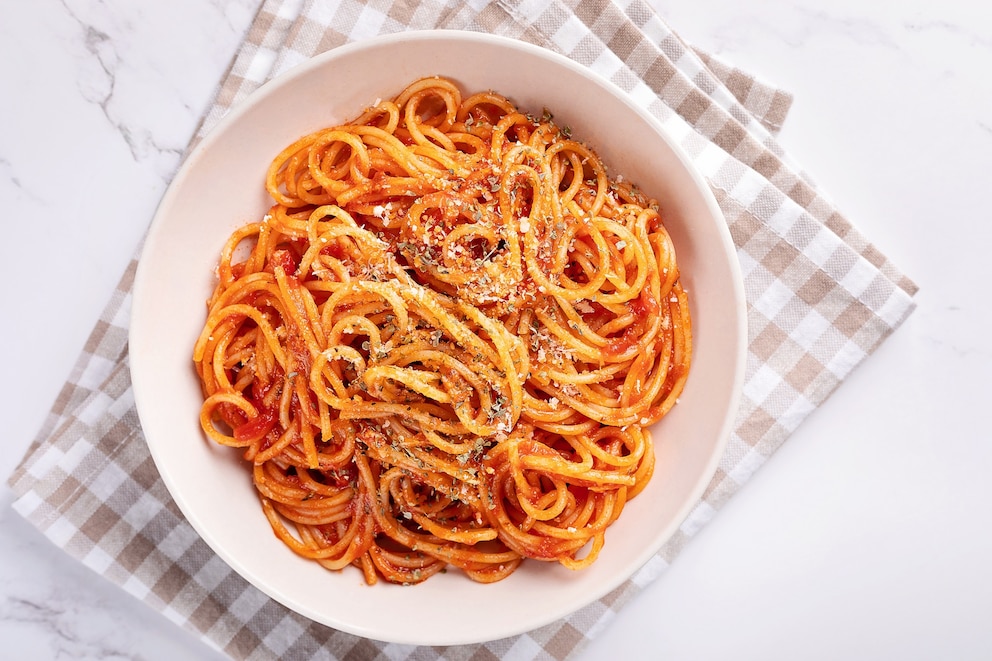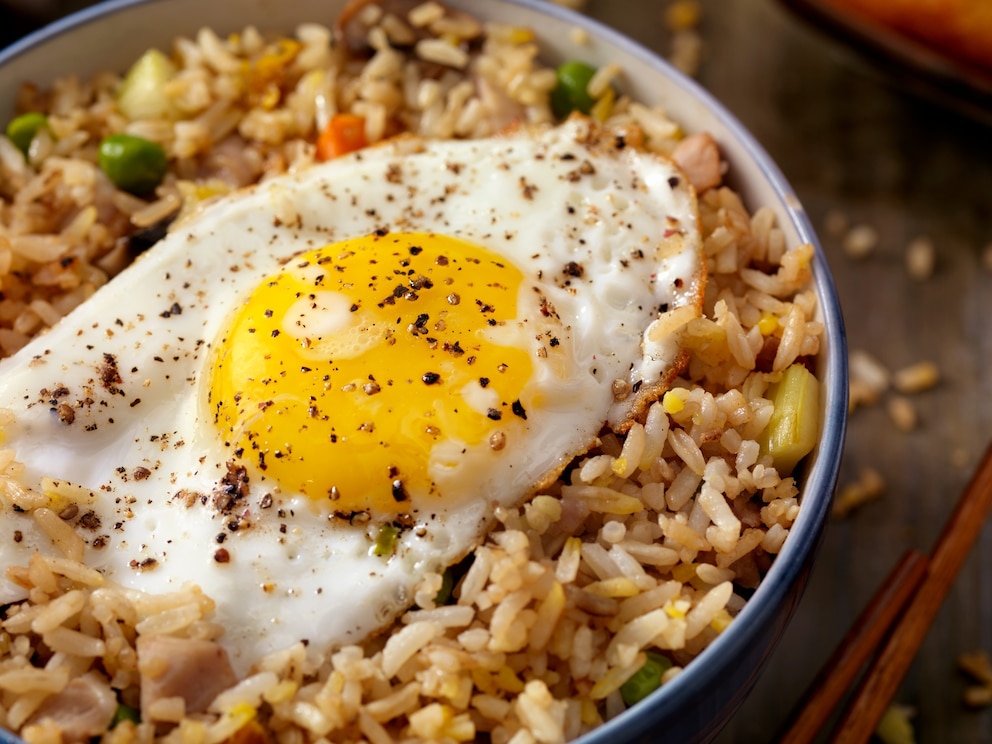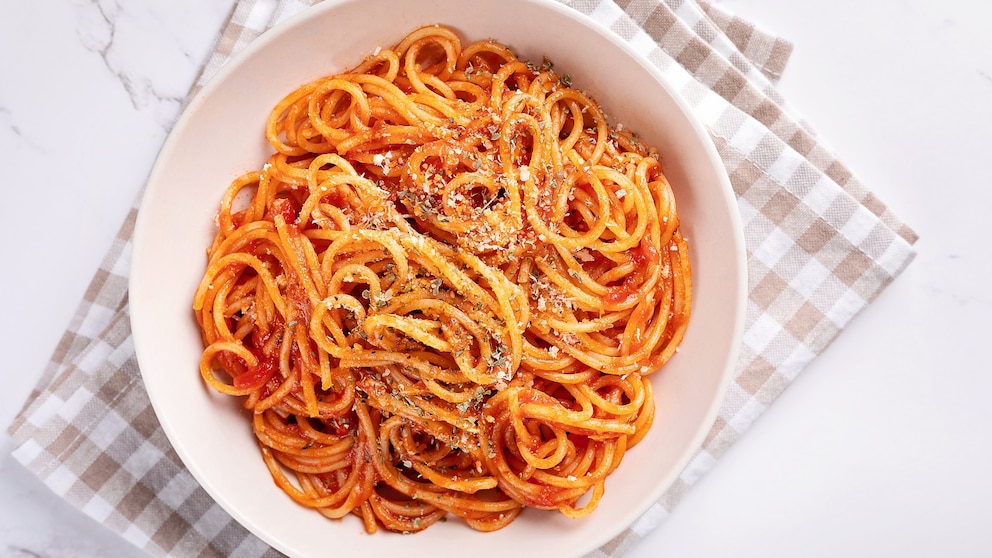More people are searching online and on social media for “struggle meals” as Americans continue to contend with higher living costs and grocery prices.
According to an AP-NORC poll released in August, 53% of American adults said groceries are a “major source” of stress and 29% of the public had used services like a “Buy Now Pay Later” program for essential items such as food at some point.
A September Google Trends newsletter showed “struggle meal” searches hit “a record high” this year, with searches for “struggle meal meaning” more than tripling from August until September.
On Instagram and TikTok, the #strugglemeals hashtag is picking up steam and has so far been used in more than 5,000 and 7,000 posts, respectively.
What is a ‘struggle meal’?
Social media users have adopted multiple definitions for the term “struggle meal,” but it can mean a budget-friendly meal, a meal featuring few ingredients, or a meal eaten during a period of financial difficulty.

Popular struggle meal results, according to Google, include nachos, cheesy tortilla rolls, hot dogs, eggs with rice, spaghetti and ramen.
TikTok users have shared a variety of “struggle meal” recipes on the platform including cheesy hamburger helper, eggs with hot dogs and rice, and potato and cheese roll-ups.
Andrea Glenn, an assistant professor of nutrition at New York University, told ABC News that one of the concerns behind struggle meals is that they tend to offer less nutritional value than other meals or recipes.
“Some of the main issues with some of those meals is that they might be low in protein, fiber and micronutrients, and then they can be high in things like refined carbohydrates, sodium and fat,” said Glenn, who is also a dietitian. “The biggest thing, and if people are able to … [is to] try and make the struggle meal as balanced as you can.”
How to make a healthier ‘struggle meal’
Glenn recommends adding more macronutrients to a “struggle meal,” such as protein.
“If you’re eating something like instant ramen or rice or pasta, you can add an egg or canned beans and lentils and then some vegetables as well,” said Glenn.
“Fresh vegetables can be quite expensive and obviously can go bad, but things like frozen vegetables or canned vegetables, even if you just have some of those in your freezer, throw that into your struggle meal,” Glenn added, suggesting inexpensive vegetables such as peas, edamame or green beans, or any that are on sale at a grocery store.
Another way to make common “struggle meals” like bread, pasta and rice more nutritious is to look for whole-grain versions of the ingredients, according to Glenn.
To cut down on costs, Glenn also recommends cooking meals in bulk and freezing extra servings to eat later.
“Try not to be too stressed out about it, because if it is a food-insecure situation and you really can’t afford to have that or you don’t have it, it’s fine to have some meals that are just ramen, for example,” said Glenn. “But if it’s something that you’re doing on a regular basis, see what you can add into that to make it a little bit healthier, get more fiber, get more protein, get more nutrients in there.”
Glenn said to aim to follow “the plate method” when putting together a “struggle meal.”
“You’re thinking of a plate in front of you and you’re splitting it into three sections where half of your plate should be vegetables, maybe fruit, [a] quarter of it should be your protein, a quarter of it should be your grains and starches,” said Glenn. “Even if it’s not perfect, at least you’re getting some vegetables and some protein, and not just having all carbs.”
As for Glenn, she said her go-to struggle meals are whole-grain pastas with vegetables or a simple rice and beans platter.
“I try to do brown rice if I can. And then you could do black beans or white beans, chickpeas, whatever I have available,” Glenn said. “And then you can add some different spices. I always like a spicy chili oil sauce that I always have in the fridge, and then I might add some frozen vegetables like green peas and string beans or mixed frozen vegetables.”

